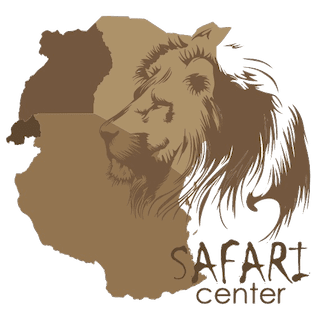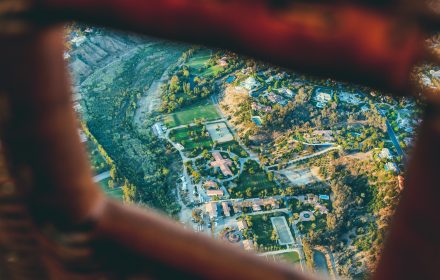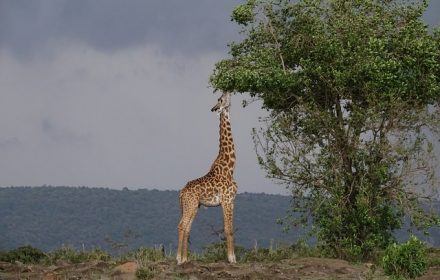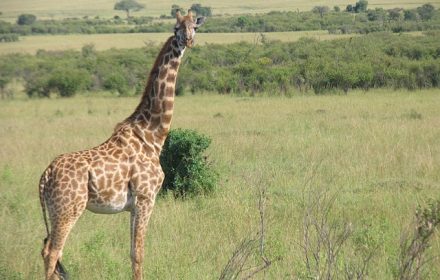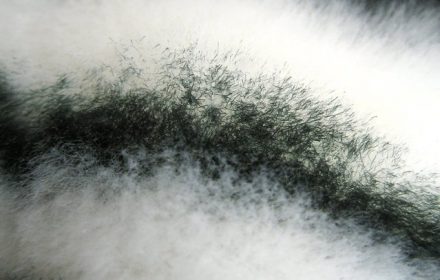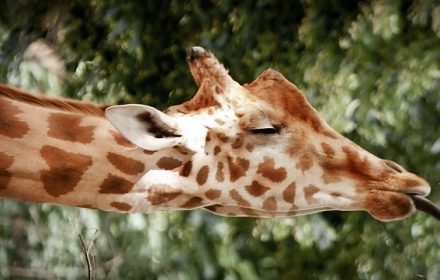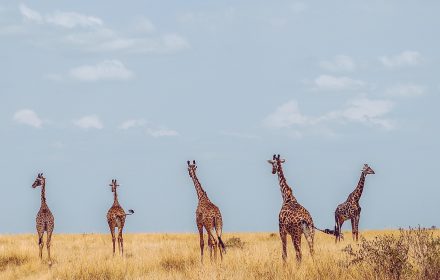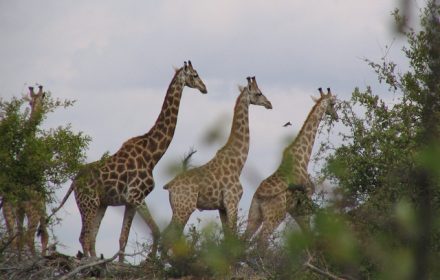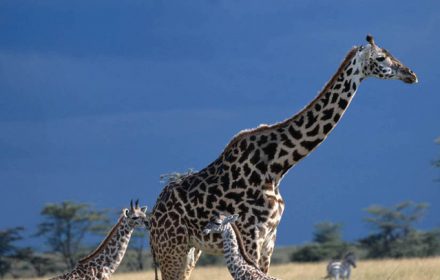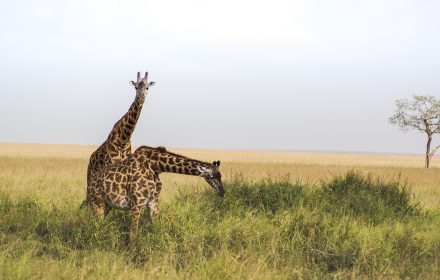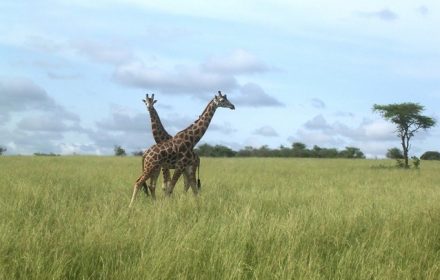The buoyancy theory was introduced by the Greek mathematician Archimedes. It is an upward force the air exerts when heated that defies the force of gravity. According to this principle, the upward resilient force is the same as the weight of the air that is displaced. Hotair balloon is an original application of this fundamental scientific principle. It rises due to the displacement of air. Ever since then, the idea has been gaining momentum. It gave birth not only to hotair balloon but eventually also to a full-fledged aviation industry. Along the way aviation history has witnessed some key moments.
Articles by V
The giraffe is an iconic and awe-inspiring creature and the tallest mammal on earth. Both ancient and modern cultures revered it and described it as being magnificent in appearance. But they are weird too, with their long necks and legs, large eyes and long lashes, ambling gait and calm demeanor as well as striking coat pattern. They play a unique role in the ecosystem by eating leaves too high for use by other animals. Giraffes spot the predators before any other animals because of their height, and then they warn the others about the danger through their soundless communication method.
Maasai giraffes are the tallest of the subspecies of giraffes. They do not have to compete with other animals for food because of their height. As a strict herbivore, a giraffe is adapted to reach shoots, foliage, fruits, flowers and other vegetation from tall trees that are inaccessible to other herbivores because of its extreme height and long necks. The height also helps them to remain in areas where grazing has obliterated the plants close to the ground. Giraffes can survive in regions with scarce water. They can go for days without drinking and stay hydrated by the leaves’ moisture.
There are nine species of giraffes in Africa, although the taxonomy is not widely and popularly agreed. They are the Reticulated or Somali giraffe, Kordofan giraffe, Nubian giraffe, South African or Cape giraffe, Angolan or Smokey giraffe, West African or Nigerian Giraffe, Maasai or Kilimanjaro giraffe, Rhodesian or Thornicroft giraffe and Rothschild or Ugandan giraffe. Some scientists regard West African and Kordofan giraffes as a single subspecies; the same way with Rothschild’s and Nubian giraffes, as well as with South African and Angolan giraffes. Further, some scientists consider all of them except the Maasai giraffes belonging to a single subspecies.
Once the giraffes lie down to sleep, getting up quickly even in response to a predator’s attack is an awkward and time-consuming procedure. Those lean legs take some time to get off the ground. Therefore, when giraffes sleep, more often they remain fully standing with their neck and head curved around to rest on their hump. Or they engage in a sort of half-sleeping period in a fully upright position, in which the eyes are half-open, and the ears keep twitching. They have also been known to occasionally keep an eye open protecting itself by almost never going off alert.
When the giraffe bends down to drink, the gravitational force is not only reduced but also reversed. Otherwise, the blood that is pumped towards the brain possibly may lead to brain damage. But the harder pumping to get the blood uphill results in high blood pressure. Therefore, the blood pressure of giraffe is exceptionally high. The blood pressure of a giraffe’s heart can reach roughly twice as that of a human being. But in their heads, the blood pressure remains the same as a human’s irrespective of whether they are drinking at ground level or chomping leaves from the trees.
The neck of a giraffe is an easily recognizable feature because it is very long. It has seven cervical vertebrae, each one 25 cm long. They put them to use when battling with other giraffes for mates and territory, and when picking food from tall trees. Another interesting feature is its horns that are called ossicones. They are covered in skin and formed from ossified cartilage. But the giraffe skin produces an unpleasant smell. While no one knows what accounts for its long necks, there are enough studies done on ossicones and explanations given as to what causes the stink.
At an average height of 5.6m from the ground to the horns, the tallest land-based mammal in the world is giraffe. Despite its tallness, it is closely related to the smaller Okapi that is found elusively in the dense tropical forests. Giraffes are rarely heard and are considered silent mammals, but when disturbed, they will growl, grunt and snort to warn others of the danger. Some other communication sounds are mooing, moaning, hissing, snoring, and flutelike sounds. Mother giraffes search for their lost young by whistling and bellowing calls. And the young return the mother’s calls by mewing or bleating.
The thing that differentiates a Maasai giraffe from other species is the design of its irregular star-shaped patches fur that is of several shades. The spots are jagged compared to the others. Its skin resembles dried oak leaves that can have several shades, like orange or cream. The patches are buff-colored from below the knee. The spots on the coat are like human fingerprints because no two patterns are the same. They can be used to identify a giraffe. Males have darker spots than females, with the dominant male having the darkest. It is unknown what causes this physical change.
An exploratory journey about giraffes through their glorifying times in the past, its scientific contribution in the present and its uncertain future is astounding. Their history in the ancient Europe depicted them as regal and majestic. In modern times, their contribution has led to innovations in space explorations. And their future is uncertain unless measures are put in place to mitigate the consequences of degradation and poaching. Otherwise, these gentle giants are at risk of turning the glorifying past into horrifying future. This journey of how the future of giraffes that were once considered royal became bleak is worth exploring.
